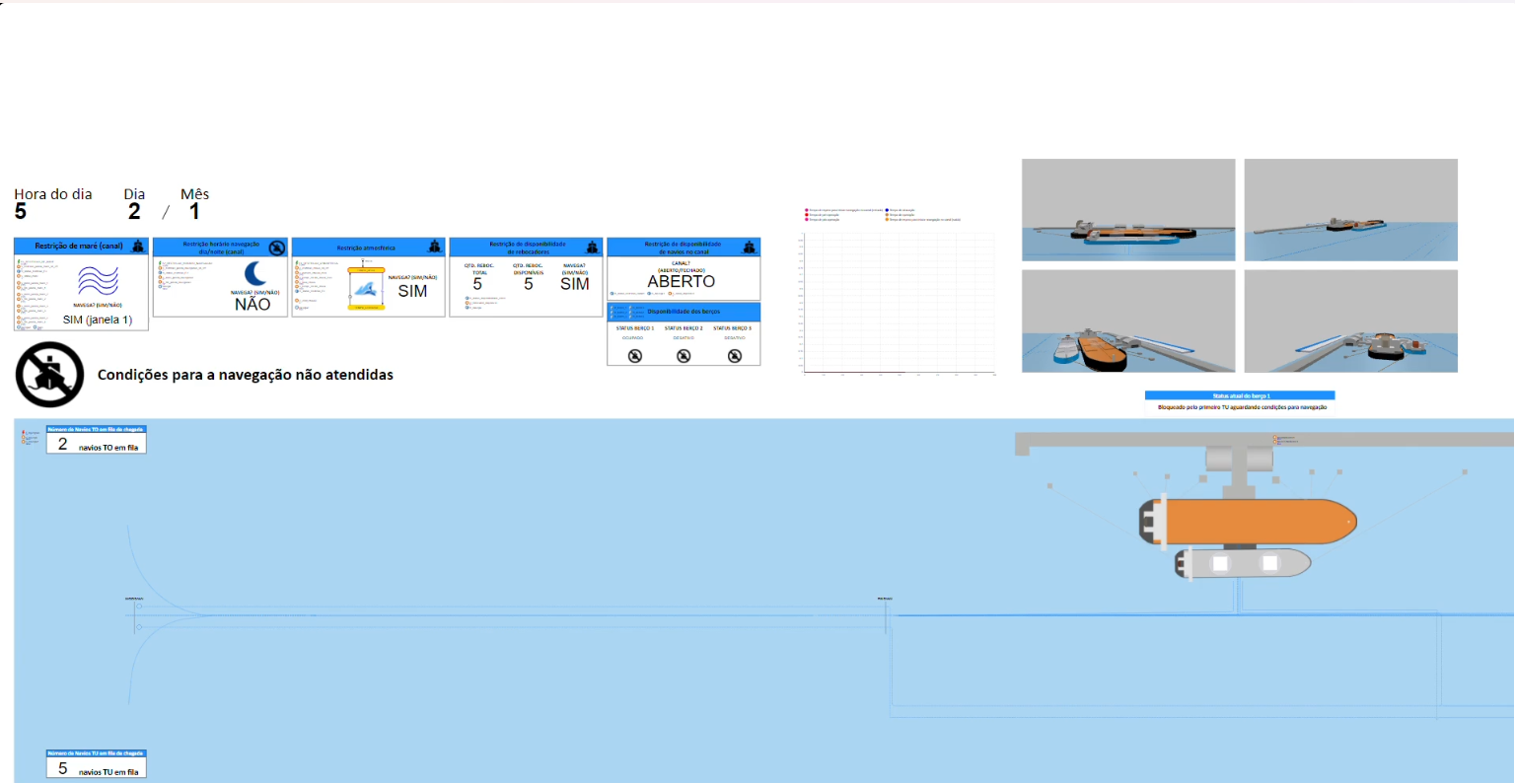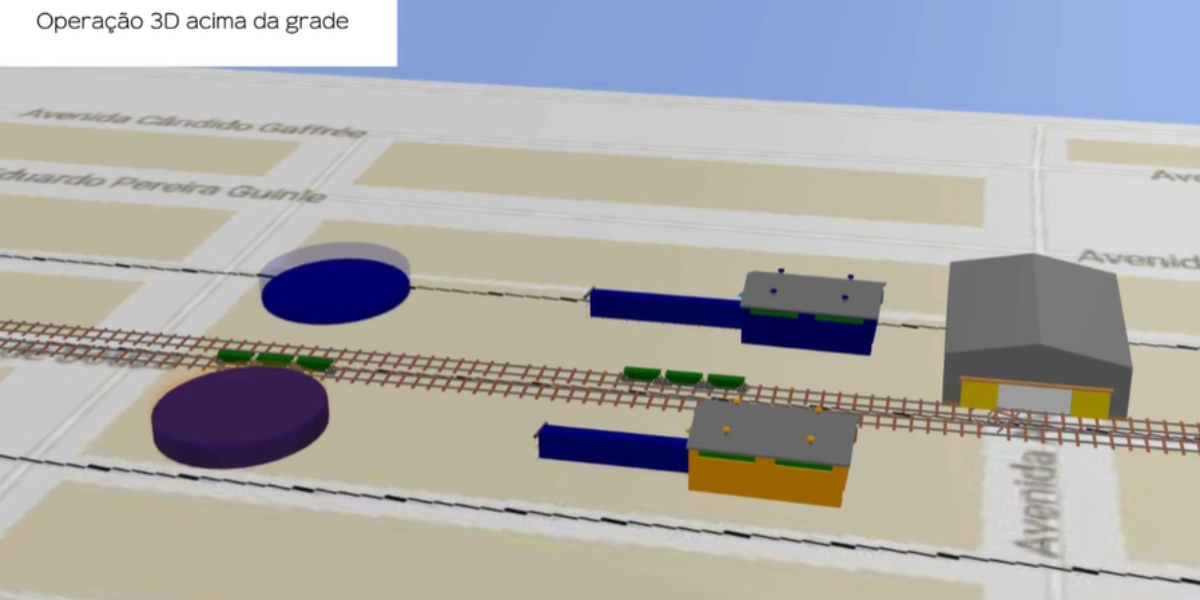Autores: R. Aversa, R.C. Botter, H.E. Haralambides, H.T.Y. Yoshizaki
Publicado em: Maritime Economics & Logistics
Ano: 2005
Citações (Google Scholar): 122
Link para o artigo: Acessar no Google Scholar
Resumo/Abstract:
The paper introduces a mixed integer programming model on the selection of a hub port in the East Coast of South America, among a set of 11 ports that are servicing the regional demand for container transportation. Ports in Brazil, Argentina and Uruguay are considered, together with several origin/destination ports in the world. The model minimises total system costs, taking into account both port costs (dues and terminal handling charges) and shipping costs (feedering and mainline). In total, the model consists of 3,883 decision variables and 4,225 constraints. It turns up the port of Santos (Brazil) as the optimal single-hub solution, with the port of Buenos Aires (Argentina) as a close runner up. In addition, the model provides tentative estimates of improvements in demand and costs necessary to bring a certain port up to hub status. Despite some bold assumptions and limitations – mainly due to data availability – the model offers a straightforward decision tool to all ports in the world aspiring to achieve hub status and all that comes with it.
Palavras-chave: Hub port, América do Sul, transporte marítimo, otimização, modelo matemático





